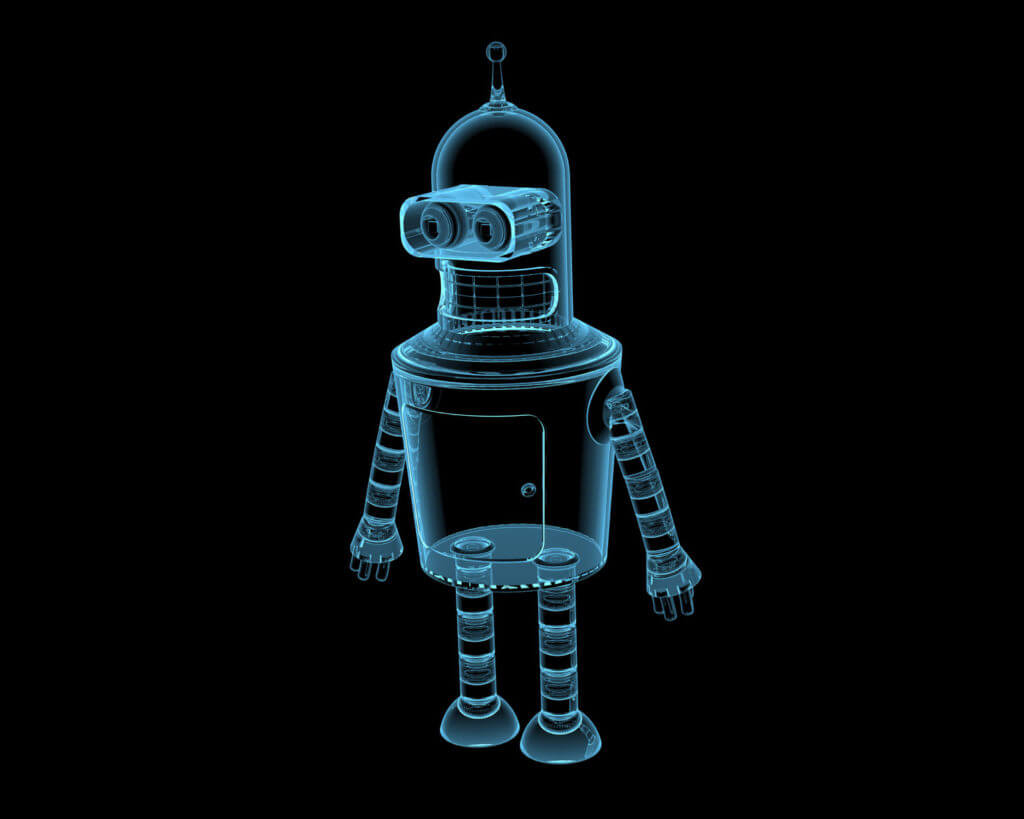
In an era where technological advances like VR and 360 tv programming are becoming an increasingly real possibility, animated television and short films seem a long way from the cutting edge of the production world. Yet, as the success of recent shows like Archer, BoJack Horseman, and even the live-action/animation blend of Son of Zorn have shown, the demand for animation catered toward adults is abundant, if not clamorous. With consumer demand for animated content on the rise, what are we to make of this trend? Where did this sudden fervor come from, and what does this mean for the production world moving forward?
Never underestimate how animation plays into the power of nostalgia
Do you remember how exhilarating it was to wake up bright and early on a Saturday morning, practically springing out of your bed and rushing down to your living room TV to watch Saturday morning cartoons? Can’t you practically taste the sugary cereal crunching in your mouth, feel the milk dribbling off your chin as you reminisce about those hours of total immersion in your beloved shows, each world and narrative more incredible than the last? It’s hard to not think back on those times, complete with their unbroken naivete. Big networks and production companies are very, very aware of this. The power of the millennial generation’s collective obsession with nostalgia is something that has shaped and defined a large part of contemporary entertainment, a fact that ECG Producer Mary Winter illuminates wonderfully in her post from just a few weeks ago.
In particular, it’s the connection between millennials and the cartoons of their childhood that has catalyzed the rise of animation for adults. Think about it: the same 20-somethings who cut their teeth on Powerpuff Girls, Samurai Jack, and Angry Beavers are also the ones who now obsessively binge episodes of Bob’s Burgers, South Park, and Rick & Morty. There’s an argument to be made that an early exposure to animation has simply made millennials more receptive to the medium, and there’s undeniably evidence to support this theory.
That said, you can never underestimate the power of nostalgia. Isn’t there a part of you, however suppressed, that feels like that little kid watching Saturday morning toons every time you put on an episode of Futurama? True, the narratives are a bit more mature, and usually a bit more complex; but then again, aren’tyou a bit more mature? Aren’t you a bit more complex than you were when you were seven? This duality of harkening you back to the simpler times in your life, while simultaneously reminding you just how much you’ve grown and matured, is something that makes animation for adults so inherently attractive.
What does this mean for the production world?
One of the most tried and true axioms of the production world is that “content is king.” However, with sites like Netflix & Hulu available at the touch of a button, that paradigm is shifting, now reading more like “creative and unique content is king.” When consumers have a seemingly infinite number of shows to watch, and a very finite amount of time to watch them, the best way to gain viewership is to offer a singular, noteworthy experience.
Animation offers production companies the ability to tell the kinds of awesome and engaging narratives that otherwise might be too cost-prohibitive as a live-action piece. Take the critically-acclaimed animated series BoJack Horseman, for instance. BoJack takes place in a fictional reality not too different from our own, except that humans and anthropomorphic animals live side by side. This premise alone, while intriguing, would be tremendously difficult and expensive to pull off as a live-action show. Just imagine how much money would have to be spent on background costumes alone to create the same feeling of complete cohabitation of the world by humans and human-like animals (hint: it would be astronomical).
Not only does animating this show feed into the nostalgia craze, it’s also paramount to getting the project off the ground. In short, animation is an amazing way for production companies to flex their creativity beyond the realm that regular production might afford.
That is not to say that animation itself is an inexpensive process. Animation of any kind is a labor of love, one that can be a taxing and time-consuming process. Here at ECG, we know this fact first hand. Producing our 11-minute short, entitled “Tsunami Tuna“ was a tall task that took a tremendous amount of energy, time, and money. We gained invaluable insight into steps it takes to bring animation to life, and ultimately we loved what we created and truthfully cannot wait to take on our next animation project.
Tsunami Tuna Trailer from ECG Productions on Vimeo.
So what do you think? Do you agree with my thoughts on just why animation for adults has become so popular? How do YOU think production companies should look at the rise of animation? Why do you think some animated shows work better than others? Leave your thoughts and suggestions in the comments below!


One Response